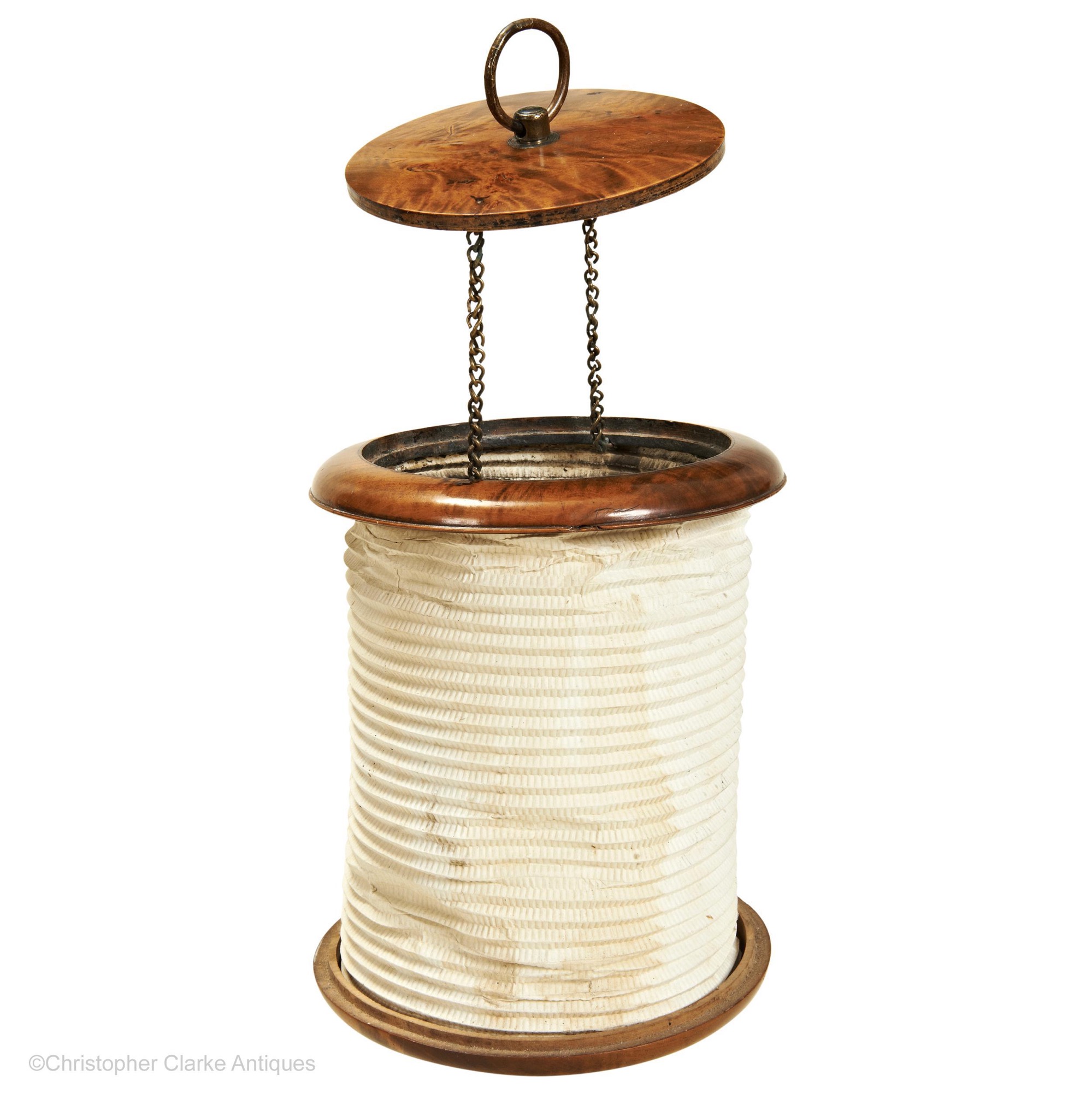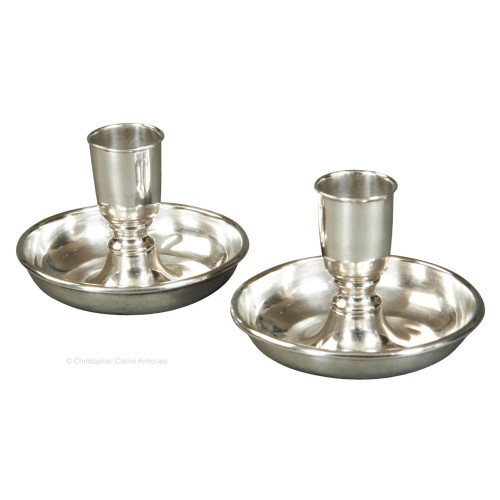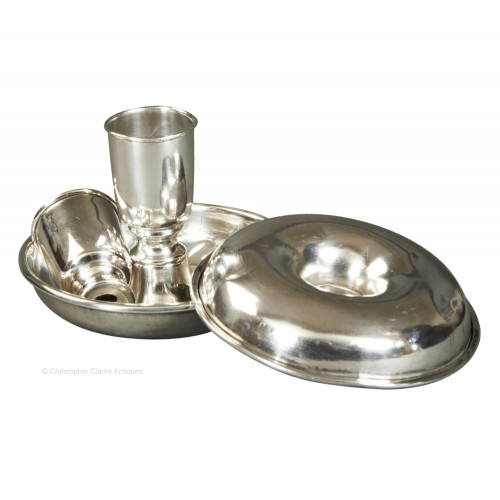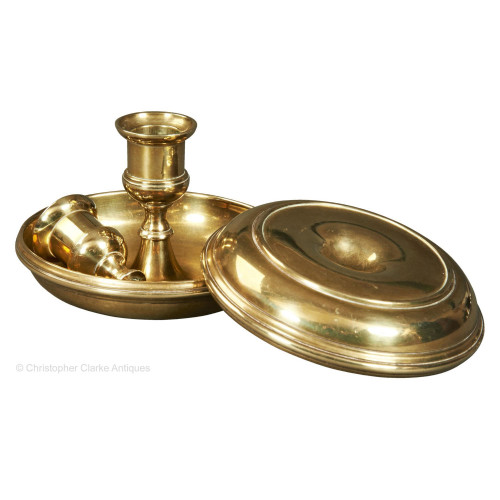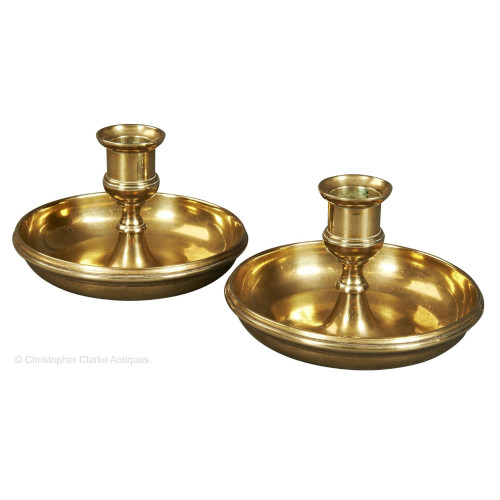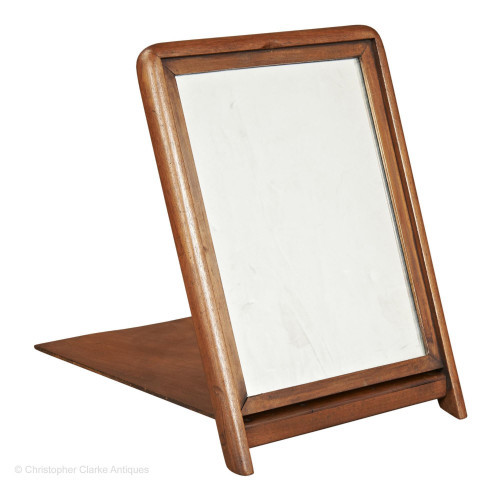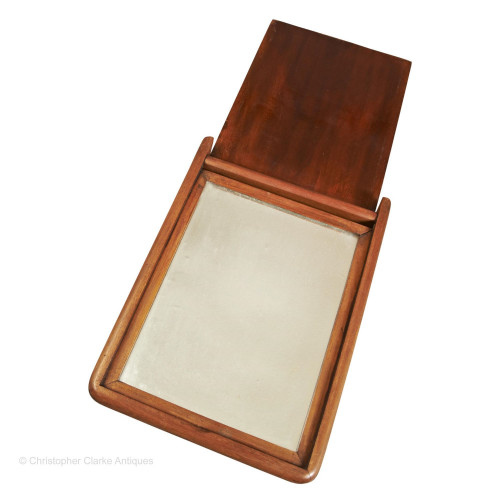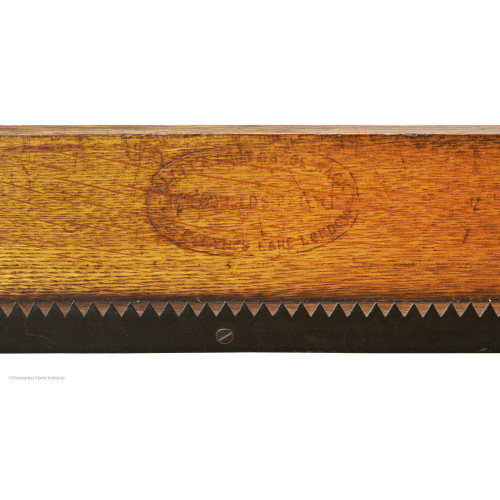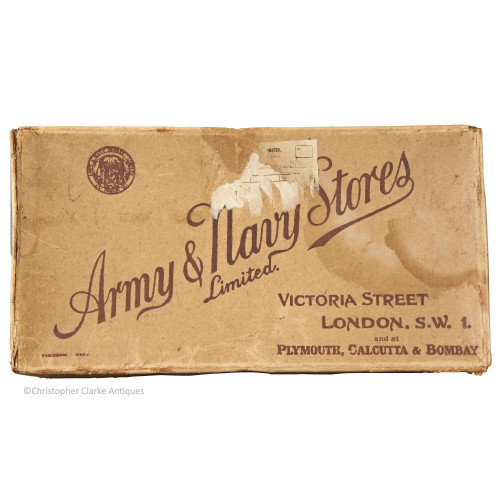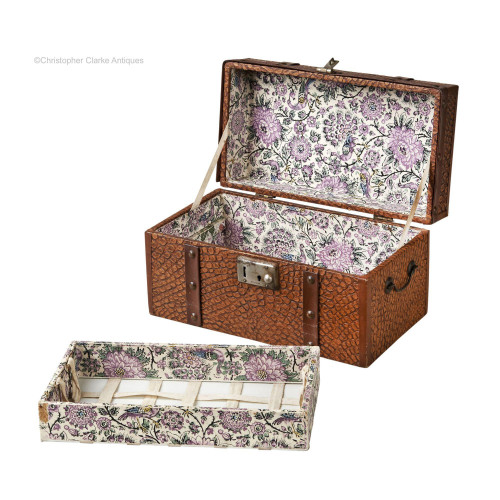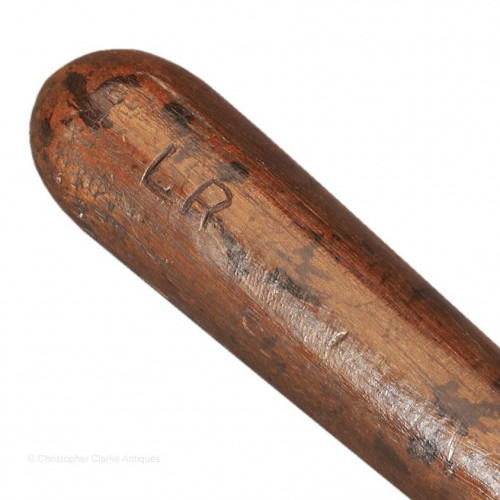Antique Paper Lantern
Antique Paper Lantern
82754
A paper Travel Lantern with the ends possibly made from hawthorn or apple. The wood used is a Diffuse-porous European hardwood but it is difficult to be more accurate than that.
It can be argued that this is the rarest form of portable lighting that you could find. Indeed, Edward Pinto in Treen And Other Wooden Bygones states 'Survivals are extremely rare, understandably as they must have constituted an exceptional fire risk'. He illustrates a French example and notes that the paper has been replaced.
The main body of the lantern is made of pleated paper allowing it to expand for use and collapse for travel. The paper has a wooden top and base to give it shape. The top is made up of a central wood disc that fits neatly to an outer ring. A brass ring pull handle to the middle of the disc has a round, brass nut set into the underside of the disc which moves freely by turning the handle. When the lantern is closed for travel, this screws onto a protruding steel peg with a thread cut to the top.
The central wooden disc to the top is suspended from its outer ring by two brass chains (one shorter than the other), differing to Pinto's French lantern and a colonial example we have seen, which are both hinged.
A curiosity of this lantern is how the candle fitted. Pinto suggests the base would have had a metal plate on which a nightlight sat. There are no shadow marks to show this lantern had a metal plate but it is possible and would make sense. It is unlikely a nightlight, or tea light as they are now known, would fit because of the central metal peg. It would seem logical that a candle was pushed onto this peg for use.
Although wood and paper lanterns are as rare as Pinto suggested in 1968, similar lanterns are known made from other materials. Pinto mentions one made of tortoiseshell and paper. Florence Nightingale used a Turkish 'fanoos' lamp in the Crimea, which worked to the same principal. The top and bottom are metal and the paper or linen looks to be supported by a coiled wire. Japanese and Chinese paper lanterns also tend to be made with a coiled wire. The National Army Museum have an example, used by Captain William Tyrwhitt Drake of the Horse Guards. He saw active service from 1803 to 1815 during the Napoleonic Wars and was at Waterloo. His lantern is a simplified version, made of paper with card to the top and bottom.
There is little to this lamp to accurately predict its country of origin, Pinto was unsure if they were ever made in England. The wood, although of a pleasing, tactile shape has no decoration. The only clue is the brass ring pull handle which was used in England from 1720 to 1740.
Closed Size is given. Height extends to 8 1/2 inches (21.5 cm)
Dimensions:
Early to mid 18th Century
Probably Hawthorn or Apple with Paper
Antique Travel Lighting
Good
RELATED ITEMS

